Archive for ‘Productivity’ Category
Highlights from the 2023 Task Management & Time Blocking Summit
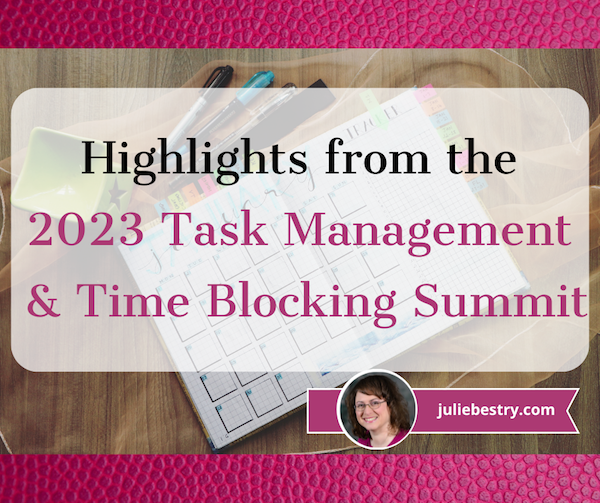
As you know from my post Surprising Productivity Advice & the 2023 Task Management & Time Blocking Summit a few weeks ago, I was set to spend three days at the beginning of this month attending, and being a panelist and presenting at the summit. This is the fourth year I’ve been involved, and it was definitely the best yet.
The theme of this year’s summit, One-Size-Doesn’t-Fit-All. Now what?, is dear to my heart. In February, the summit’s creator, Francis Wade, and Productivityist Mike Vardy delivered a pre-summit session to set the stage. Generally, Francis posited, when people are struggling with productivity (and this is true of tangible organizing struggles, too), they seek out experts, “gurus” who identify their so-called secret formulas. “Do this and all will be well!” And that may be true, but only for a while.
No one system for anything — career paths, life balance, making cookies, or having an organized and productive life — works for every person in every situation. At some point, it’s essential to take the guru’s advice and customize it for yourself so you can live an authentic life.
Even Marie Kondo, whom I chided for insisting her way was the one-true way (in my post The Truth About Celebrity Organizers, Magic Wands, and the Reality of Professional Organizing) has had to face the fact that her way doesn’t exactly work for the kid-filled life she now embodies. (See all the various recent articles with titles like “Professional tidier Marie Kondo says she’s ‘kind of given up’ after having three kids.”)
Early on, especially pre-internet, there were no centralized places to access productivity advice. Then, so many people got into David Allen’s Getting Things Done (GTD to those in the know) that it was evangelized everywhere. But with the expansion of the web, “productivity porn” proliferated, and people had (and have) access to so many options.
The problem? Whatever popular productivity methods are out there, people aren’t all the same. They are unique. As I presented in “Paper Shame” — Embracing Analog Productivity Solutions in an Increasingly Digital World:
Because I know my own style, I know what works best for me. Because I stay abreast of all of the options out there, I know how to suggest what might be best for my clients. And my job is to know that what works for me won’t work for each of my clients, and what works for my overwhelmed, 30-something client with ADHD and a toddler won’t be the same as for my single-dude on-the-road salesperson client or my new-retiree client whose spouse was just diagnosed with Alzheimer’s. We’re each unique.
So, it’s important to know that it’s normal if the productivity strategies that work for your bestie don’t work for you. As you read blogs and books and incorporate advice, instead of accepting every bit of it “hook, line, and sinker,” Francis encouraged what he calls an ETaPS framework.
Simply put:
Evaluate your current situation and needs
Target where you want to move the needle (and by when)
Plan how you’re going to incorporate change into your approach, and get
Support through coaches, friendly accountability, and exposure to a wide variety of opinions and methods.
The summit was one stellar way to get that exposure.
These three jam-packed days included 27 recorded video presentations as well as live interviews, panel discussions, and networking at digital Zoom-like tables. It would be impossible to share all of the highlights, which ranged from Olga Morett‘s compassionate, vulnerable approach to “unmasking” and self-exploration for neuro-diverse individuals to Hanifa Barnes‘ framework for building without burnout (which included a deep dive into understanding circadian rhythms and body clocks for chronotypes — apparently I’m a cross between a wolf (night person) and a dolphin (insomniac).
 Dolphin photo by Ádám Berkecz on Unsplash
Dolphin photo by Ádám Berkecz on Unsplash
Thus, rather than providing a full recap of the summit, I’m going to share highlights and snippets that caught my attention, and which I look forward to sharing with my own clients.
QUICK BITES
“The menu is not the meal.”
Henrik Spandet, while talking about the differences among task management, calendar management, and meeting management, cautioned participants to remember that a task list is merely a list of opportunities, just as a menu is a list of dining alternatives. One must prioritize to maximize the experience. You can’t expect to do it all, or do it all at once. (He did not, however, discuss the advantages of eating dessert first.)
“If you’re not doing what you’re supposed to be doing, just sit.”
Carl Pullein‘s take on self-discipline dovetails with my own advice for dealing with writer’s block, and it’s kind of like the reverse of the bartender yelling, “You don’t have to go home but you can’t stay here.” You don’t have to perform the task you’ve set for yourself, but if you don’t, then you can’t do anything else. No perfectionist procrastination by tidying your desk; no mindless scrolling.
Sit. Just sit.
And in sitting and not doing, you may find yourself motivated to start writing, creating, or tackling whatever you’ve been avoiding. If not, you will find yourself having to face the reason for your avoidance, which may prove equally productive.
During a third-day “Boundaries, Burnout and Balance: Finding Peace When Working from Home” panel with Renee Clair, Clare Evans, and Olga Morett, the concept of “the booty hour” came up — and how getting the butt-in-the-chair is that make-or-break moment.
Do, or do nothing, is a powerful choice. We are so fixated on never being bored that the idea of having to do nothing may make the thing we are avoiding suddenly a much more compelling alternative!
“What gets measured gets managed — even when it’s pointless to measure and manage it, and even if it harms the purpose of the organization to do so.”
Too often, Peter Drucker‘s quote is truncated as “What gets measured gets managed” but the full quote is so much more powerful. In other words, be aware of how your methods and strategies impact your work, but do not get so caught up in the minutia of how many emails you’ve cleared (or not), and focus on the bigger picture of accomplishing what you want and need to do.
Don’t spend so much time tweaking your systems to get a micro-percentage point of difference. Know what metrics will help you achieve the return on investment of your time, energy, and attention, and focus there. Prioritization can feel abstract, but pay attention to what has the greatest impact on your life, and what brings you closest to your goals.
“Busy leads to burnout; productivity leads to prosperity.”
Ayana Bard‘s message at the start of her five-part approach to mindfully productivity has been in my head for the past week. Her approach involves gaining clarity (and understanding yourself and your tasks so that you can prioritize), knowing where your time is actually going (by doing a time audit), and managing your attention and (mental, emotional, and physical) energy.
Ayana accented the importance of mindfulness (i.e., paying attention with purpose), and noted that practicing mindfulness is easy to skip but not easy to do. (Hence the practicing part, eh?) She recommends incorporating mindfulness of your energies with regard to ultradian rhythms by working 90 minutes at top performance, taking 20 or so minutes for healing and recovery, and then starting another 90 minute cycle of top performance.
BOOK RECOMMENDATIONS
Professor Bret Atkins‘ presentation The Zen of Ten offered lists of ~ten (though he cautioned, not “top” ten) books (both well-known and a second list of sleepers), podcasts, videos, terms, and tools. The big-name list included works by David Allen, Steven Covey, Cal Newport, and Brian Tracey, as well as the “habits” triumvirate of The Power of Habit by Charles Duhigg, Atomic Habits by James Clear, and Tiny Habits by BJ Fogg.
Paper Doll Interviews Motivational Wordsmith Kara Cutruzzula
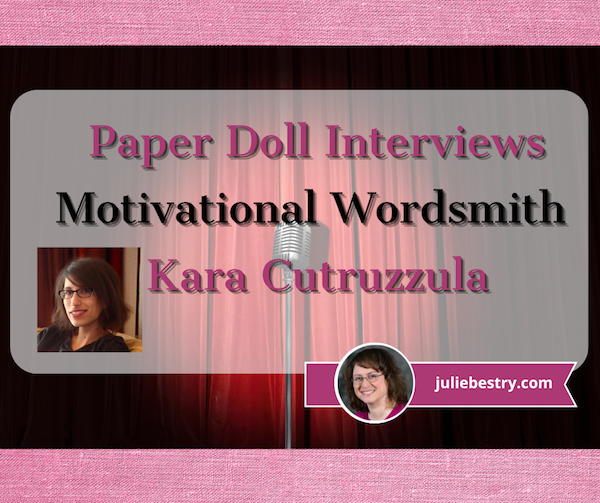
Welcome back to another installment of our rare Paper Doll series of interviews with colleagues and special guests. I’ve interviewed productivity specialist Melissa Gratias, academic/life coach and inventor Leslie Josel, genealogy organizers Janine Adams, Jennifer Lava, and Hazel Thornton, and life coach/author Allison Task.
Today, I’m excited to introduce you to journalist/writer/editor/playwright/lyricist/librettist Kara Cutruzzula (rhymes with Methuselah!), friend-of-the-blog and purveyor of motivational oxygen.
We met when I subscribed to Kara’s newsletter Brass Ring Daily in 2019. She’d provided a link to a spec script she’d written for Gilmore Girls, one of my all-time favorite TV shows, and I wrote a fan-girling email to tell her how brilliant and talented she was, the subject line of which was, “My neighbor was awakened by my raucous laughter thanks to your Gilmore Girls script!” Kara’s ear for dialogue and how she made secondary and tertiary characters like Michel and Lane absolutely shine were impressive.
Paper Doll readers may initially wonder what Kara’s talent for capturing the distinct voices of characters on a hit television show has to do with organizing and productivity, the bread-and-butter topics here on this blog. But you’ll soon see — and it all started with that get-to-know-you chain of emails where Kara and I traded our insights about the process of getting things done — and the frustration of not getting things done.
it’s OK to archive that email you never responded to back in August 2021.
it’s also OK to respond! yes, today!
less OK is staring at in your inbox for another six months.
free yourself. one or the other.
— Kara Cutruzzula (@karacut) February 22, 2022
We kept finding ways to work together and support one another’s efforts. I interviewed Kara about newsletter writing and magazine editing for a monthly meeting of the NAPO Authorship & Publishing Special Interest Group and then she interviewed me for a great feature for Forge, Medium’s personal development outlet. Readers, that piece, Now Is the Right Time to Declare Bankruptcy on Your Projects, is so good, you should open it in another tab right now so you don’t forget to read it.
And Kara just interviewed me for the soon-to-premiere season #2 of her Do It Today podcast! If you find productivity compelling, or you could use a little motivation to turn your dreams into reality, get to know Kara!

EVERY SUPERHERO HAS AN ORIGIN STORY
Paper Doll: Could you tell Paper Doll readers about your early life and college years? I know you majored in English at UCLA. What did you plan to do when you finished school?
Kara Cutruzzula: Hearing this question makes me laugh because…I didn’t have a solid plan! My Big Idea was to move to New York and find a job “working with words.” (So cute!) I was applying for internships and editorial assistant jobs every day. Book publishers, magazines, websites, university presses, you name it.
A few weeks after graduating I bought a plane ticket and took advantage of the generosity of my aunts Gina and Jo by crashing on a pull-out couch in their apartment (we called it “the nook”) and crossed my fingers I would find something to do. Then I did.
This highlights something that’s come up over and over again in my career: First you leap, then you figure it out.
You have used your words to craft a set of interlocking and parallel careers. Basically, you’re a polymath (a fancy-pants way of saying Renaissance Woman). Your fascinating and diverse experience includes work as an editor, writer, newsletter creator, playwright, lyricist, and podcaster.
Did (or how did) your internships in film and TV prepare you for the career path you’ve had? How did you get your start in writing for online outlets?
In hindsight these unpaid college internships (at a film development company, at a publicity firm working on Oscar campaigns, and a B2B travel magazine) laid stepping stones for the future. I loved taking the bus (yes, I was the rare LA bus rider) to the 20th Century Fox lot to work at the film development company.
Sure, I picked up chopped salads for the executives, but I also read and wrote coverage of screenplays and TV pilots, and covered assistants’ desks when they were out of the room. (To this day, there’s still nothing scarier to me than “rolling calls” — placing and returning phone calls to intimidating execs at a lightning-fast pace!)
Working at the travel magazine was a great stroke of luck, too. The editor-in-chief, Ken, kindly set me up on an informational interview with a magazine editor when I moved to New York. No job came from that interview, but even a short getting-to-know-you meeting is a huge lift to your spirits when you’re 21 and don’t know anyone in the industry.
As for writing, if you caught me during the first five years of my career, I wouldn’t have called myself a writer at all! In 2008, I was hired as a culture intern at The Daily Beast, a then two-month-old website founded by editor Tina Brown. The team was small, maybe 15 people, and that was my real education. I helped the culture editor plan out culture coverage — what was the site going to cover and how were we going to cover it? — and transcribed interviews and contacted publicists and all sorts of other tasks.
Then I became a homepage editor. Remember, this was back in 2008. We weren’t getting traffic from social media. People actually visited a website’s homepage. As a homepage editor, you were responsible for story placement, headlines, photos, and deciding what needed coverage on the Cheat Sheet — basically “the mix,” as Tina called it. What did people want to read? (Actually, being a homepage editor was scarier than rolling calls!) But there was a real sense that what you were doing was important. You were covering the news. Everyone was incredibly invested, and the team was brilliant.
After The Daily Beast merged with Newsweek in 2010, I moved over to the magazine side to edit and assign stories for the back-of-book section covering film, TV, theater, fashion, and a back-page feature called “My Favorite Mistake,” where I interviewed James Earl Jones, Barbara Corcoran, Richard Branson, and other fun folks. But I got a crash course in magazine editing. Very different from editing for a website! You can only fit so many words on a page. I loved it.
This is a very long way of saying I was primarily an editor for four years. It was fun and rewarding and also exhausting. Newsweek published its Last Print Issue in 2012 (it’s since been resurrected) and I was laid off.
I didn’t want to work full-time at another magazine or website. (This was 2012; freelancing was a little less common than it is now.) So I thought: What else is out there?
Over the next 10 years, I became a writer.
GRABBING THE BRASS RING
You launched Brass Ring Daily in 2017. What caught my eye in those daily emails and the (now) 1000+ newsletter archive was the fact that while you were writing about disparate aspects of your own life, theater, and things that were going on in the world, you were blending motivational quotes, advice about productivity and self-empowerment, and doing it all without trying to sell anything. And Vanity Fair called it, “A life coach in your inbox.”
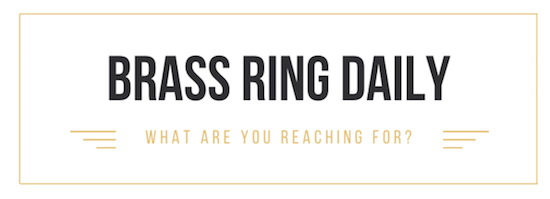
What prompted you to start the Brass Ring Daily? What has meant the most to you about the experience?
I became a freelance writer and editor — I even spent a solid three years as a travel writer — but I was also holding these monthly “summits” at my apartment where creative folks and friends would talk about projects and share resources.
[Paper Doll Editor’s Note: My late, great high school history teacher, Mr. Fred Murphy, would have wanted me to draw the parallels between Kara and Madame de Staël, an 18th- and 19th-century Frenchwoman and writer, famous for connecting the greatest minds of her era in salons.]
I took notes during these meetings so that one editor’s name or that great productivity tool was recorded for anyone who needed it. I wrote up a summit recap and sent it out to the group.
After a year or two, my friends Alison and Daphna asked if I ever thought about starting a newsletter. So…I did! And it’s the smartest thing I’ve ever done for my career and also my sense of self as a writer. I always tell people to own something for themselves, even if that something is small.
The newsletter gave me a daily deadline that wasn’t attached to an editor or assignment. I didn’t have to answer to anyone, except my own nagging guilt if I skipped a day. And it gave me a place to collect all the inspirations, book quotes, and my own thoughts on creating. The newsletter collects them and allows me to let them go — basically, it’s my most important tool for organization!
[Paper Doll Editor’s Note: Brass Ring Daily often has delightful cameos by baby animals.]
WORDS AND MUSIC: KARA’S NAME UP IN LIGHTS
You’re also a musical theater lyricist and librettist, and from your newsletter, I know you’ve worked on a wide variety of projects as part of the BMI Musical Theatre Advanced Workshop and the BMI Librettists Workshop. Can you tell readers about Letters from May and The Marvelous Mrs. Maisel Musical?
The Kara of 2008 would think it is completely wild that the Kara of 2023 writes musicals. I got into the BMI Workshop, which has been around since 1961; the workshop self-describes as “the setting where the writers of A Chorus Line, Little Shop of Horrors, Nine, Ragtime, Avenue Q, Next To Normal, and The Book of Mormon, among many others, learned their craft.”
For the first two years, lyricists and composers attend a two-hour weekly workshop and present songs they’ve written and get feedback from the room. I only cried like five times. Learning something new is hard. Being a beginner is hard. Thankfully, now I cry much less often.
Lyricists and composers attend a two-hour weekly workshop, present songs they've written, and get feedback. I only cried like five times. *Learning something new is hard. Being a beginner is hard.* ~ @karacut Share on XLetters From May is a 10-minute musical written with composer Kristoffer Bjarke as our first-year project. It tracks the life of an artist, May Dalton, over 50 years as she wrestles with questions of fame and sacrifice. Last year, it was produced at a festival in New York, which was a joyful experience after the pandemic knocked the wind out of the sails of many musical theater writers (myself included).
During year two of the workshop, composer Ron Passaro and I adapted [the Amazon Prime TV show] The Marvelous Mrs. Maisel into a musical, which was another great joy.
Musicalizing such strong and vivid characters was a fun challenge — and of course, Julie, you know I love Amy Sherman-Palladino’s writing more than anything. [Paper Doll Editor’s Note: Sherman-Palladino created Gilmore Girls, Maisel, and the under-appreciated Bunheads, which starred Broadway’s beloved Sutton Foster. It’s streaming on Hulu. Thank me later.]
Right now, Kristoffer and I are developing Marathon, which is an original one-act musical which takes place entirely during a race. It’s about patience, persistence, and finding the capacity within yourself to do hard things.
THE TURNING POINT: MOTIVATION & GETTING PUBLISHED
I usually ask interviewees, “What would you say was the turning point that helped you identify your true calling and fine-tune what you do professionally?” But you seem to be what folks have been calling a multipotentialite. Have you HAD a turning point, or are you still discovering many different true callings, all around your love of words?
LOL. I usually feel like I have no idea what I’m doing and also like I’m just getting started. The last 15 years have felt like a prolonged learning process — a stage I named “percolation” in Do It Today. Culture editing informed my freelance writing; editing influenced my lyric writing; and on and on. I want to do a lot of things and am always worried about not finishing enough or over-thinking what I’m making.
One kind of guiding light over the past 15 years was following random flickers of interest. What sounds interesting? Where do I want to go? What do I want to learn? I’ve never regretted going toward those new endeavors.
Writing is obviously a passion for you. Your first book was Do It For Yourself: A Motivational Journal, beloved by readers and reviewers for the combined uplifting wisdom and snazzy design. For people struggling, procrastinating on doing the big things that would make their hearts sing, you offer exercises to change mindset, overcome obstacles, and pursue follow-through.
Surprising Productivity Advice & the 2023 Task Management & Time Blocking Summit
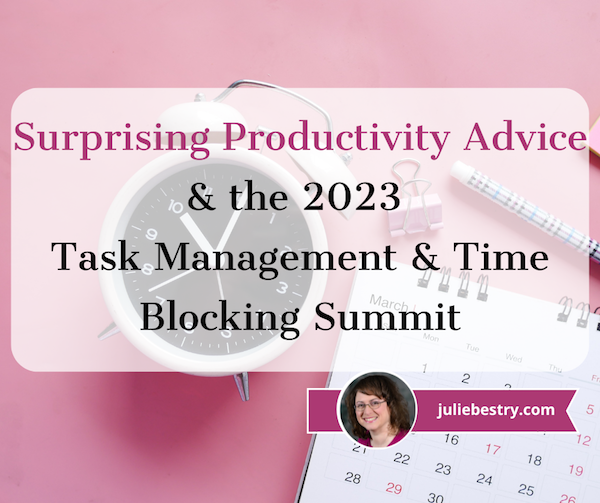
In fields like science, medicine, and technology, surprising information comes out all the time, and with that, novel guidance and advice. In the world of organizing and productivity, however, there aren’t a lot of unexpected, planet-sized discoveries or wrecking balls to old beliefs.
Rather, in most aspects of organizing and productivity, we seek to find novel examples and tweaks to help people understand the best approaches for what they already know deep down. Today, I’d like to share three intriguing ideas I’ve heard recently, and an opportunity for you to discover more.
WORK AS HOBBY: OVERCOME PROCRASTINATION WITH A MINDSET SHIFT
The first concept comes from my friend and colleague Hazel Thornton. You may recall her from Paper Doll Interviews the Genealogy Organizers and when I profiled her new book, Go With the Flow! The Clutter Flow Chart Workbook, in Paper Doll Presents 4 Stellar Organizing & Productivity Resources a few weeks ago.
Paper Doll Shares Presidential Wisdom on Productivity
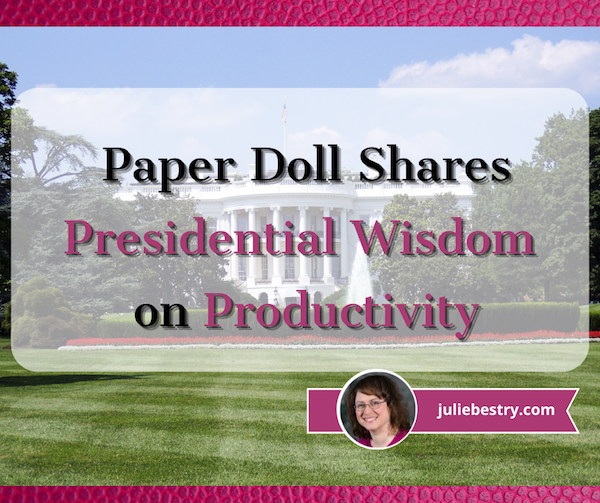
In honor of Presidents’ Day, I thought it might be fun to look at some of the values various US presidents have embraced to help them not only get more things done, but get more of the right things done.
Be assured, this is completely apolitical content. Additionally, let’s agree that we’re all aware of the complicated lives and backgrounds of presidents (particularly those born prior to the 20th century); none of this should be taken as full-on endorsements of them as men (few of whom would compare entirely favorably with Mr. Rogers), but only as people who endeavored to accomplish much.
And I give you a Presidents’ Day guarantee: you will not be encouraged to purchase a mattress anywhere within the text of this post. (That said, the vast majority of presidents who had something to say about productivity spoke robustly on the importance of sleep!)
PUNCTUALITY
People who are on time are dependable. If you arrive on time (or a little early), then those you are meeting need never fear that they are in the wrong place, that they are late, that you met with some misfortune, or that you forgot them.
Being somewhere on time shows respect for the value of other people’s time. It proves that you don’t consider what you were doing beforehand (or whatever made you late) to be more important that the activities of the person you are meeting.
But from a productivity standpoint, punctuality is efficient. If you’re on time, and if everyone else is on time, then you can stick to the agenda without apologies, hurt feelings, or distractions due to late arrivals or missed information.
George Washington was a stickler for punctuality. As a teenager, he carefully read and took notes on more than 100 rules about civility put together by 16th-century Jesuit priests. From there, Washington developed his Rules of Civility and Decent Behavior in Company and Conversation.
Paper Doll Presents 4 Stellar Organizing & Productivity Resources
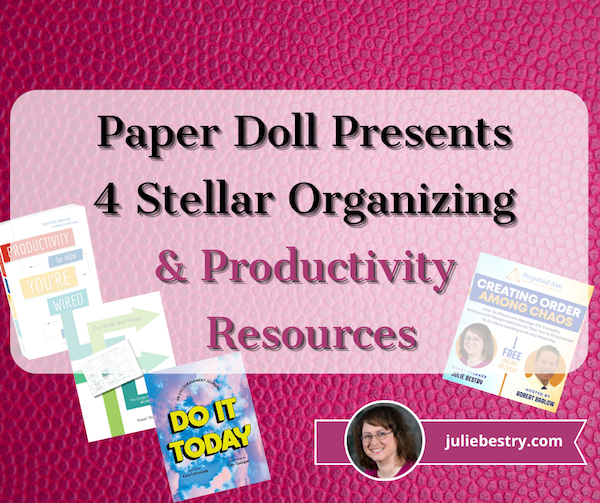
Given that it’s Valentine’s Day week, I wanted to give all of my Paper Doll readers some treats. In this post, we’ll be looking at three books covering organizing, motivation, and productivity, as well as an upcoming video interview series for taking a proactive approach to productivity in leadership.
GO WITH THE FLOW! (The Clutter Flow Chart Workbook)
If you’ve been reading Paper Doll for a while, the name Hazel Thornton won’t be new to you. We’ve been colleagues and friends for many years, and I’ve shared Hazel with you when I interviewed her (along with Jennifer Lava and Janine Adams) for Paper Doll Interviews the Genealogy Organizers and when I profiled her stellar book, What’s a Photo Without the Story? How to Create Your Family Legacy in my 2021 holiday gift list post.






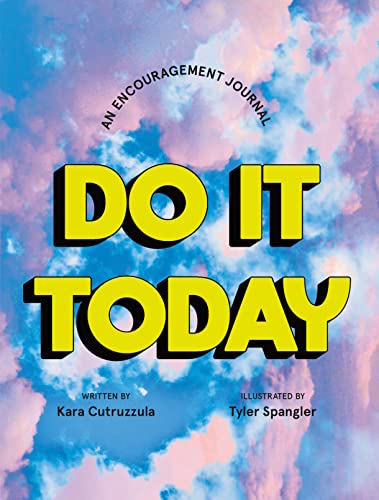




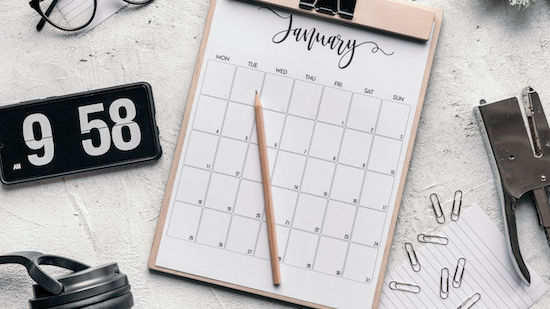
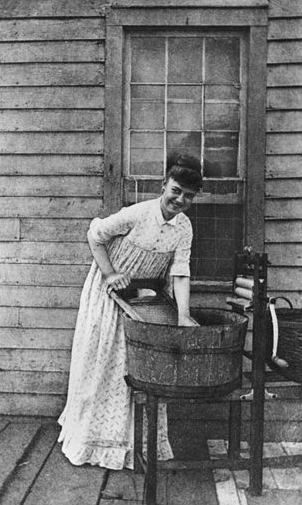

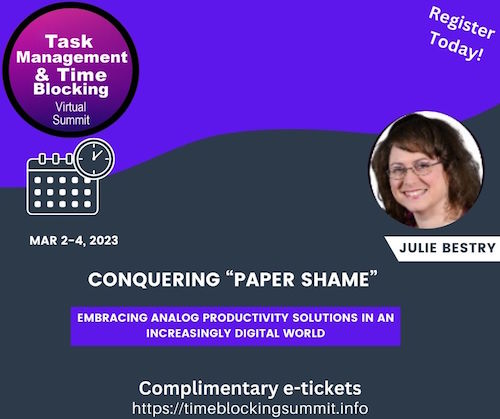
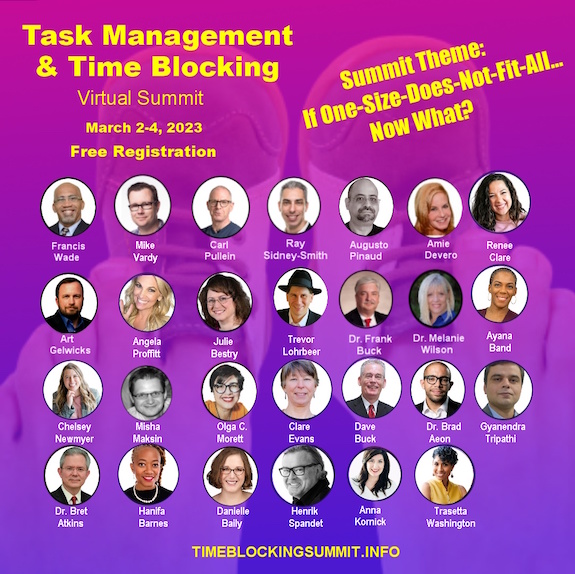
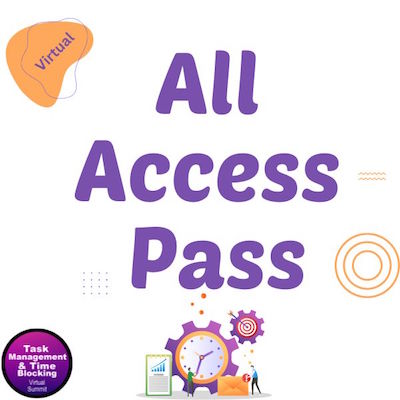 If you want more time to absorb everything, you can purchase an
If you want more time to absorb everything, you can purchase an 

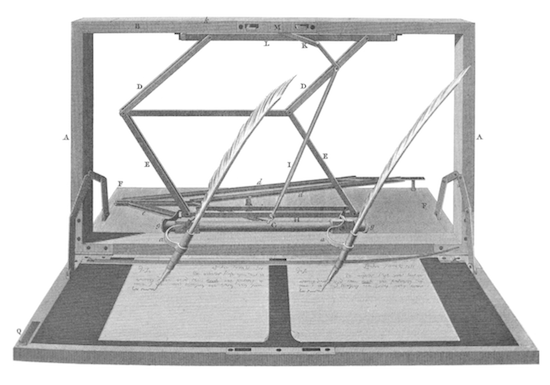
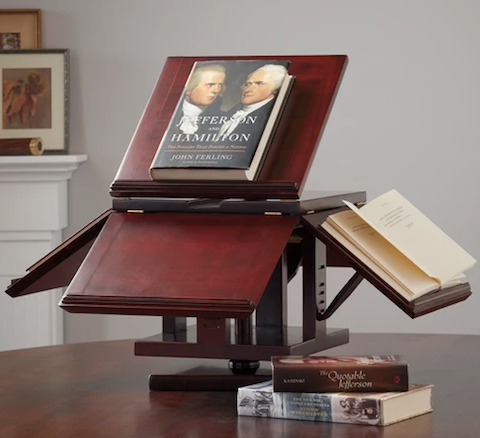
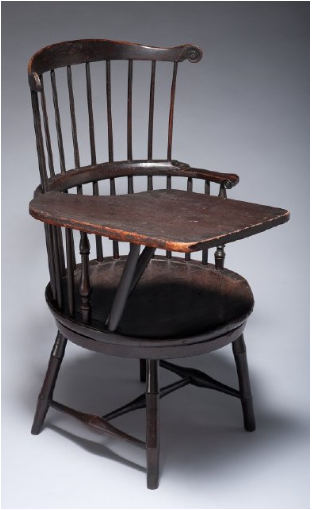

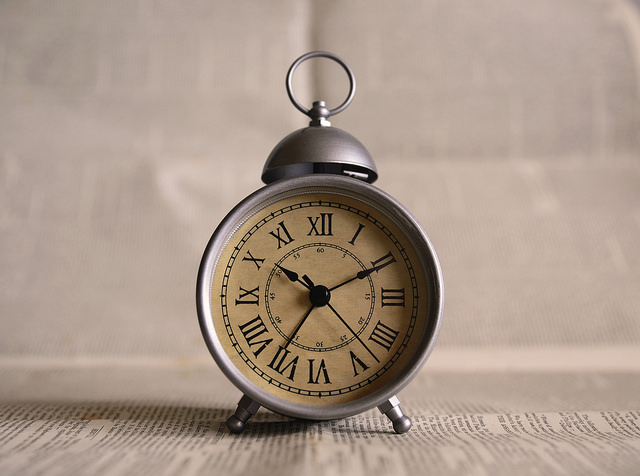
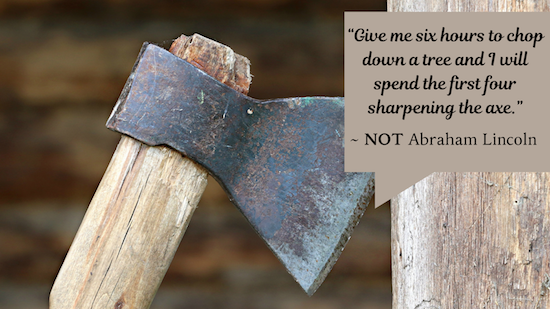

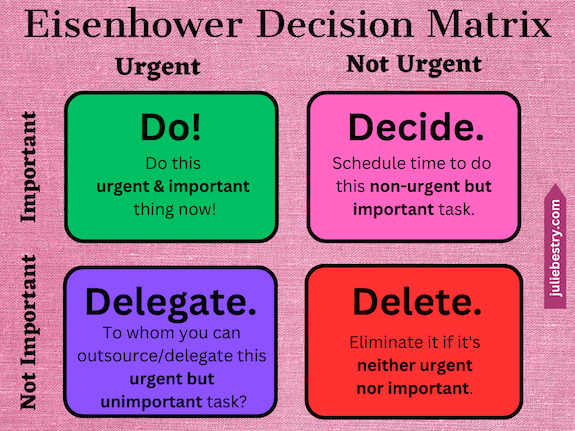

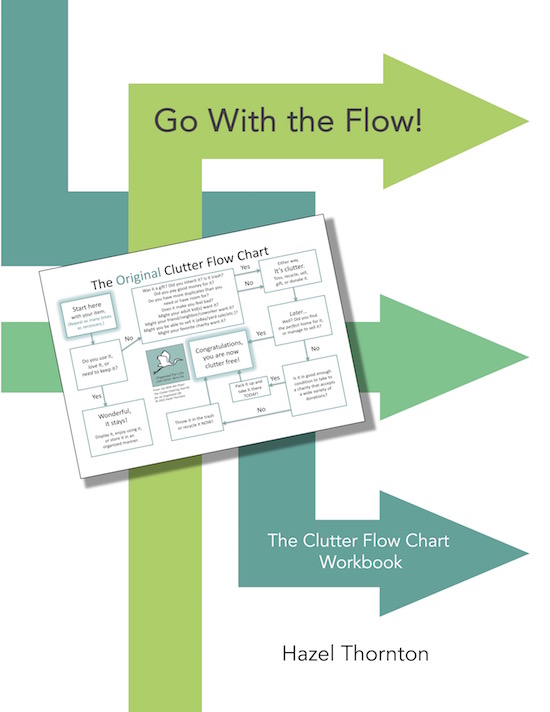

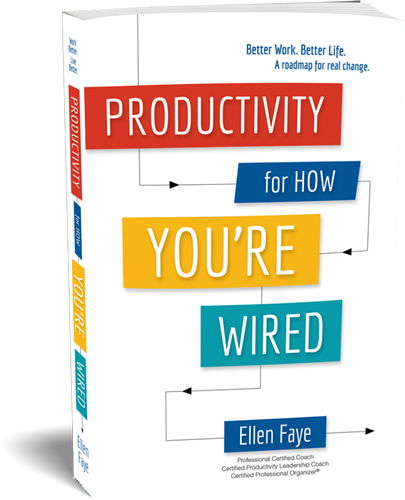
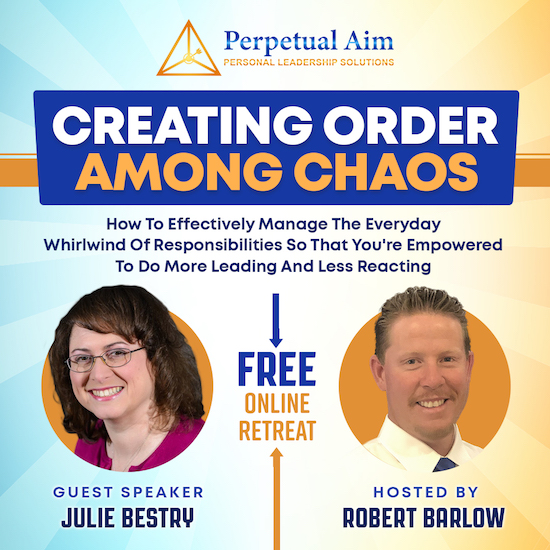



Follow Me